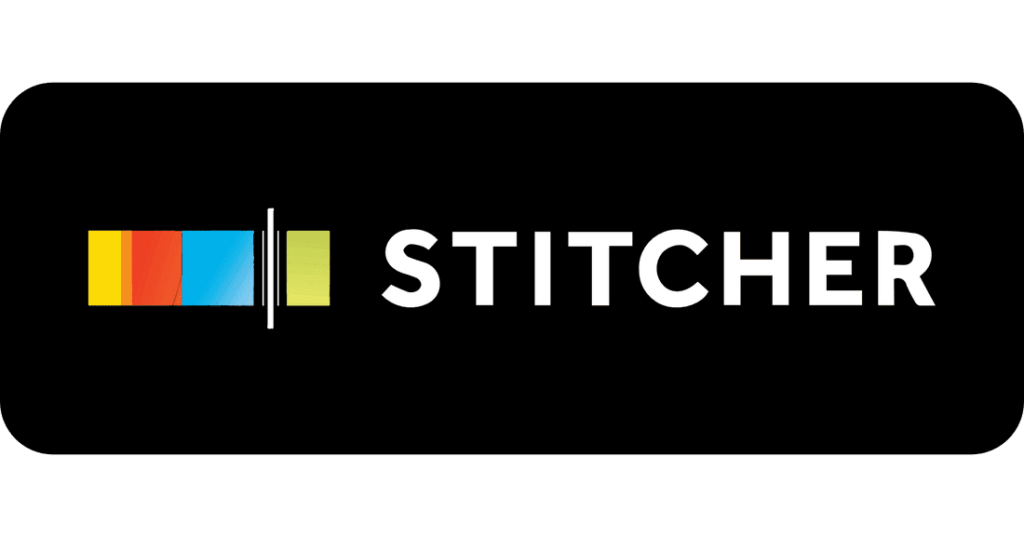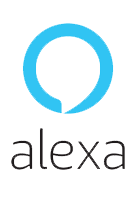November is Lung Cancer Awareness Month, and a newly released report
shows far too few Nebraskans at high risk for lung cancer are getting the recommended screening.
The American Lung Association's latest "State of Lung Cancer" report ranks Nebraska 33rd for lung cancer screening -- at less than 4% of those who are at risk.
Julia McCarville, executive director of the American Lung Association in Nebraska, said although lung cancer remains the leading cause of cancer deaths for both men and women, the nationwide outlook improved somewhat between 2015 and 2019.
"The five-year survival rate increased from 22% up to 26.6%, and additionally, we're seeing the survival rate increasing at a faster pace among communities of color, so it is no longer significantly lower compared to white individuals," McCarville said.
McCarville stressed that a low-dose CT scan can lead to an earlier diagnosis. And when lung cancer is caught at an early stage, it can increase one's chances of surviving five years by more than 60% . At Savedbythescan.org, people can assess their risk for lung cancer and their eligibility for a low-dose CT scan.
Some 10% to 20% of those diagnosed with lung cancer have never smoked, and McCarville said anyone with concerning symptoms -- such as a lingering cough, chest pain, shortness of breath or frequent lung infections - should talk with their doctor about getting a low-dose CT scan.
Dr. Sumit Mukherjee, medical director of thoracic oncology for Methodist Health System, calls it a "huge missed opportunity" that so few people who are eligible are getting screened. He explained that screening should be done with a low-dose CT scan, not a chest X-ray.
"Because you just don't see these little spots in the lungs on chest X-rays, and by the time you can see them on X-ray, lung cancer becomes more advanced generally at that time," Mukherjee said.
Mukherjee added that part of the explanation for lung cancer being the leading cause of cancer deaths is the fact that it is often diagnosed at a late stage.
He said there is a movement to help women, especially those at high risk, become as accepting of regular screening for lung cancer as they are for breast cancer. More non-smoking women than non-smoking men are diagnosed with lung cancer.
"We all focus so much with women and breast cancer, and there is great screening and education behind breast cancer awareness and screening, and really more women die of lung cancer than breast cancer and colon cancer combined," Mukherjee said.
For those who do receive a diagnosis of lung cancer, Mukherjee added there are a number of better technologies and medications available now than in the past. However, he stressed that lung cancer is still a very deadly form of cancer that can have a profound impact on people's lives.
get more stories like this via email
People who are part of the Deferred Action for Childhood Arrivals program, known as DACA, will be dropped from their CoveredCA health plans at the end of August.
The move comes after the Trump administration changed a Biden-era definition of "lawfully present" to revoke health care eligibility for thousands of immigrants.
Christine Smith, policy and legislative advocate for the nonprofit Health Access California, said people only have a few weeks to get medical appointments in before their coverage ends.
"If you're enrolled in Covered California and you're a DACA recipient, the Trump administration just ended your coverage," Smith emphasized. "People should use as much of your health care as you can before the August 31st deadline."
The Centers for Medicare and Medicaid Services defended the move, saying it will save taxpayers money. CoveredCA estimated the change affects about 2,400 DACA recipients in the state who make too much to qualify for Medi-Cal and have jobs not providing health insurance. They can still buy private insurance but it is much more expensive. People who prepaid for their coverage can seek a refund.
Smith predicted it will be a blow not just to those who lose coverage but to the state's health care system as a whole.
"The lines in the ERs are going to be longer because people are not going to be able to get affordable preventive care," Smith projected. "They're just going to get sicker and then end up in the ERs. People will overall incur more medical debt. Hospitals will have more uncompensated care."
The change is nationwide. As of mid-July, about 538,000 people in the DACA program across the U.S. are ineligible to enroll in any state-based insurance marketplace and are unable to access premium subsidies or cost-sharing assistance.
Disclosure: Health Access contributes to our fund for reporting on Health Issues. If you would like to help support news in the public interest,
click here.
Artificial intelligence is appearing more prominently in many aspects of life and research suggests older populations are curious, yet remain wary of using the technology in their everyday lives.
According to Stats Indiana, there are more than 1.5 million Hoosiers aged 65 and older, or 18% of the state's population. Experts said it is likely the demographic will use AI in some form in the next few years, either by choice or necessity.
Dr. Shaun Grannis, vice president of data and analytics for the Regenstrief Institute on Aging, said AI offers real benefits.
"It can reduce loneliness through conversation, provide reminders for medications and appointments," Grannis outlined. "It can support cognitive stimulation via games, storytelling, news updates."
The technology can also offer a low-pressure way to access information on public services, he added, which is valuable for those with mobility issues or those who feel intimidated by technology.
Grannis cautioned any tool which can be used for good can also lead to problems. He noted AI can create a false sense of companionship and mask social isolation. Overdependence is a legitimate concern, he argued, if the technology becomes a "crutch" for all forms of interaction.
"All cognitive activities or decision-making, it can actually lead to and create a negative feedback loop, lead to a decline in engagement and even basic self-management skills," Grannis explained. "This is risky."
Grannis believes one solution is designing AI systems to complement, not replace, human interaction. He stressed it can be done though building broader support ecosystems including family, friends, caregivers and community services. Grannis emphasized it would encourage real-world activity, prompting the user to go for a walk, call a grandchild or attend a local senior event.
get more stories like this via email
If you have an extra five minutes, you can save a life because you can learn cardiopulmonary resuscitation at no cost from a new mobile, hands-only CPR kiosk.
The new kiosk is in the lobby of Saint John's Health Center in Santa Monica. The machine's touch screen gives a brief overview of hands-only CPR and you can practice right there, on a mannequin.
Dr. Rigved Tadwalkar, cardiologist at St. John's, said it is an easy way for people to get more comfortable giving chest compressions in an emergency.
"It's a lot like a video game but of course, a lot more important than a video game," Tadwalkar pointed out. "It gives real-time feedback about the depth and rate of compressions, proper hand placement, which are all factors that influence the effectiveness of CPR."
The American Heart Association operates the St. John's mobile kiosk and a stationary model at L-A-X with support from the hospital. Santiago Canyon College in Orange County also has a mobile hands-only C-P-R kiosk now through September, sponsored by Edwards Lifesciences.
Steven Munatones, an Orange County business owner, said he survived what's known as a "widowmaker" heart attack which led to cardiac arrest nine years ago, thanks to his 17-year-old son, who gave him immediate CPR with instructions from a 911 operator.
"You don't have to put your mouth to anybody's mouth," Munatones explained. "You just put your hand on their chest and pump. He saved me, and others can do the same, anywhere. So, it's absolutely a lifesaving, heroic act that anybody can do."
Statistics show 350,000 Americans suffer from cardiac arrest outside a hospital each year and about 90% die, in part because they do not receive CPR. About 70% of those cardiac arrests happen at home, so people often depend on family or friends to give CPR before an ambulance arrives.
Disclosure: The American Heart Association Western States Region contributes to our fund for reporting on Health Issues. If you would like to help support news in the public interest,
click here.
Deborah Van Fleet, Producer














